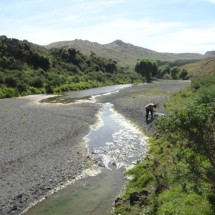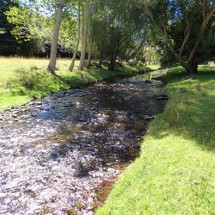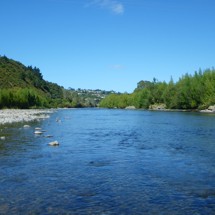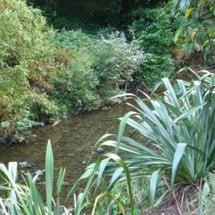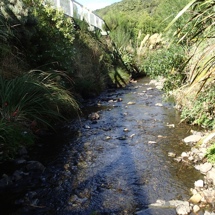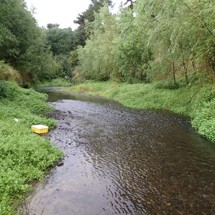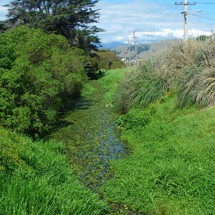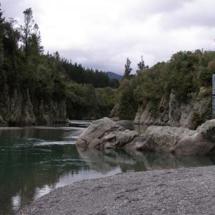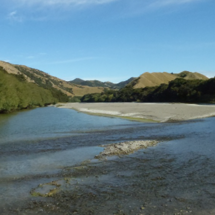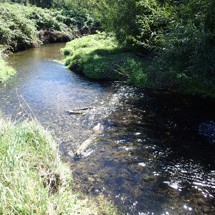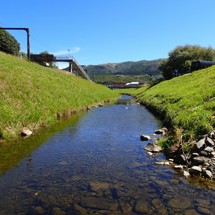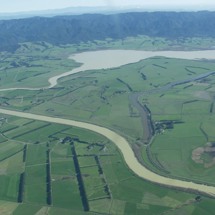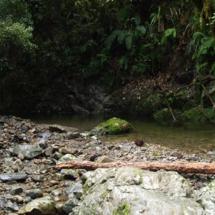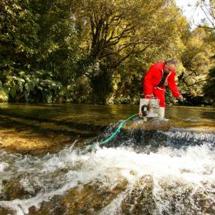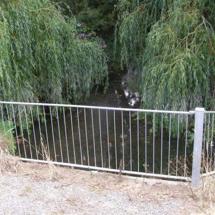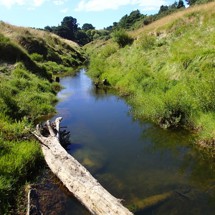The Greater Wellington Regional Council (GWRC) routinely assesses the environmental health of 51 stream and river sites throughout the region, 24 of which are also monitored for recreational suitability.
The rivers and streams in the Wellington Region retain significant recreational and ecological values. The supply of water from these rivers supports surrounding scenic reserves, regional parks and forests which serve as popular sites for swimming and fishing activities, as well as camping, cycling and tramping. Many rivers and streams provide essential spawning areas and principal habitats for native species of plants and animals.
The environmental health of the region’s rivers is monitored on a monthly and yearly basis using a range of techniques. The recreational quality of the rivers is monitored weekly/fortnightly over the summer months of November and March, and monthly at eleven sites the rest of the year. The recreational quality may not always be the same as the environmental health of the river.
Over a third of the Wellington Region is native forest or scrubland and agriculture occupies approximately half of the land area, which is made up mainly of sheep and beef farming. Dairying is undertaken in about five percent of the region, and forestry covers eight percent.
Pressures on river and stream water quality in the Wellington region range from specific discharges (mainly town and city wastewater), as well as impacts from intensive land use and urban storm water runoff. In some areas, water taken for drinking or economic activity worsens these impacts.
Overall, water quality in the region is highest at sites located on cool wet, hill-fed river and stream locations. It is generally poorer in lower parts of rivers under native forest cover and poorer again at sites located in farming areas, especially at some sites that drain from dairy farms. Water quality is however at its worst at sites that urban areas drain into.

